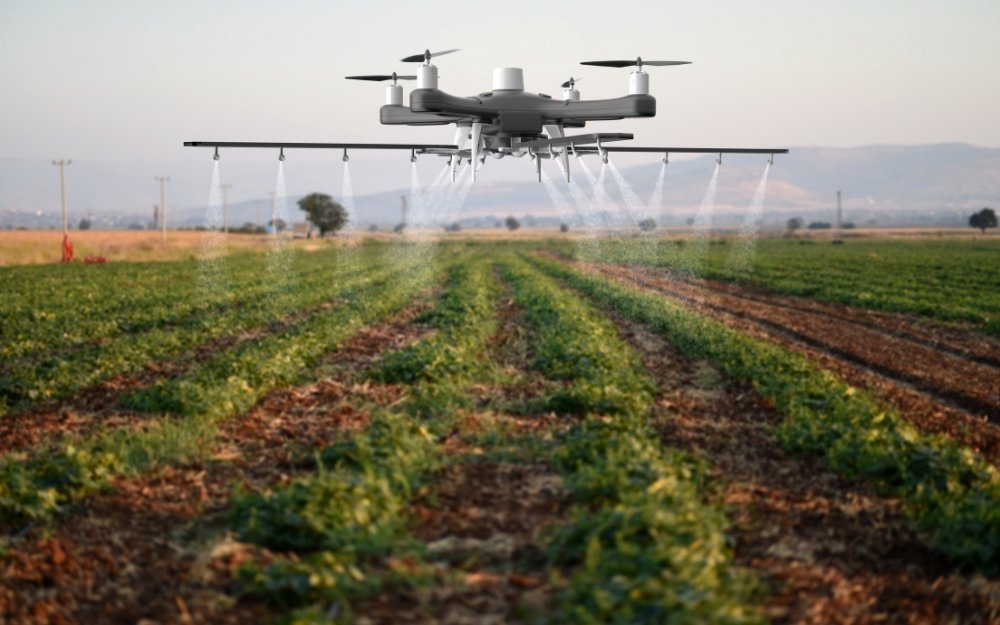The popularity of drones has helped bring a new perspective to many areas of society, from police work to movie-making.
Agriculture is another field where drone technology (sometimes also referred to as remotely piloted vehicle (RPA) or unmanned aerial vehicle (UAV)), is revolutionising traditional practices.
From checking dams, fences, irrigation, livestock, pest control and feral animals, to planning crop-planting times, tree counts (in orchards) and assessing micro-climates, drones provide a cost-effective way for farmers to collapse distance and access more accurate, immediate information.
While some larger, sophisticated drones require a commercial licence to operate, smaller consumer models carrying visual sensors and thermal cameras are both more accessible and highly effective.
There are a number of commercially available drone platforms, including multi-rotor, fixed-wing, single rotor and fixed-wing hybrid, each used for specific purposes in agriculture.
The regulatory environment is constantly adapting to the widespread adoption of drone technology. Issues around insurance and liability can be complicated for new users. If you have questions in this regard, contact Law By Dan today.
What are the key rules around the use of drones?
Australia’s Civil Aviation Safety Authority maintains a number of rules around the recreational and commercial use of drones.
A person must only fly during the day and must not operate a drone in a way that creates a hazard to another aircraft, person or property, for instance.
Drones must stay within the operator’s visual line-of-sight, and should not be flown over people or in populous areas, among other stipulations.
A remote pilot’s licence (RePL) is only needed by a farmer or landholder if you plan to fly a drone weighing more than 25kg but not more than 150 kg over your own land for business or as part of your job.
Otherwise, if you’re flying a drone for your business or as part of your job, operator accreditation is required if your drone weighs:
- 250 g or less (a micro RPA);
- more than 250 g but no more than 2 kg (a very small RPA)
- more than 2kg but no more than 25 kg and you only fly it over your own land (a small RPA).
Since 28 January 2021, all drones used for commercial purposes must be registered with CASA, irrespective of their size or weight. Fines of up to $11,100 may apply.
Gaining operator accreditation is free, can be completed online, and is valid for three years.
Insurance and liability issues for drones
According to data from insurer QBE, one in 50 drones will be involved in an accident, meaning insurance is a key consideration for anyone using one for commercial purposes.
Under the federal Damage by Aircraft Act, strict liability applies to injury or property damage on the ground caused by commercial use of a drone, with no requirement for proof of fault or negligence.
Third-party liability could also apply if a commercial drone crashed and caused destruction to people or property from a resulting fire, for example.
Specific insurance products are now tailored to drone operators. Public liability insurance, usually offering $20 million coverage for third-party damage and any personal injury claims arising from a drone accident, and vehicle/equipment coverage on the basis of an agreed value for loss or damage of the drone and any operating equipment are now common.
Some insurers will require an operator to hold either a Remote Pilot Licence (RePL) and/or a Remote Operators Certificate (ReOC) in order to take out coverage.
As with any insurance, a range of risk factors will determine the cost of coverage. In relation to drones, some of these factors include:
- The experience of the operator (usually measured by flying hours, accreditation, training, etc);
- the overall cost of the vehicle;
- the size and weight of the drone;
- maintenance records and other equipment associated with the drone;
- whether it’s owned or leased;
- the location the drone will most be used;
- the operator’s history in using this technology.
Seek professional advice
If you are, or have plans to take advantage of the efficiency and innovation offered by drones, but are unsure of the regulations, liabilities and insurance options around their use, contact Law By Dan today.



